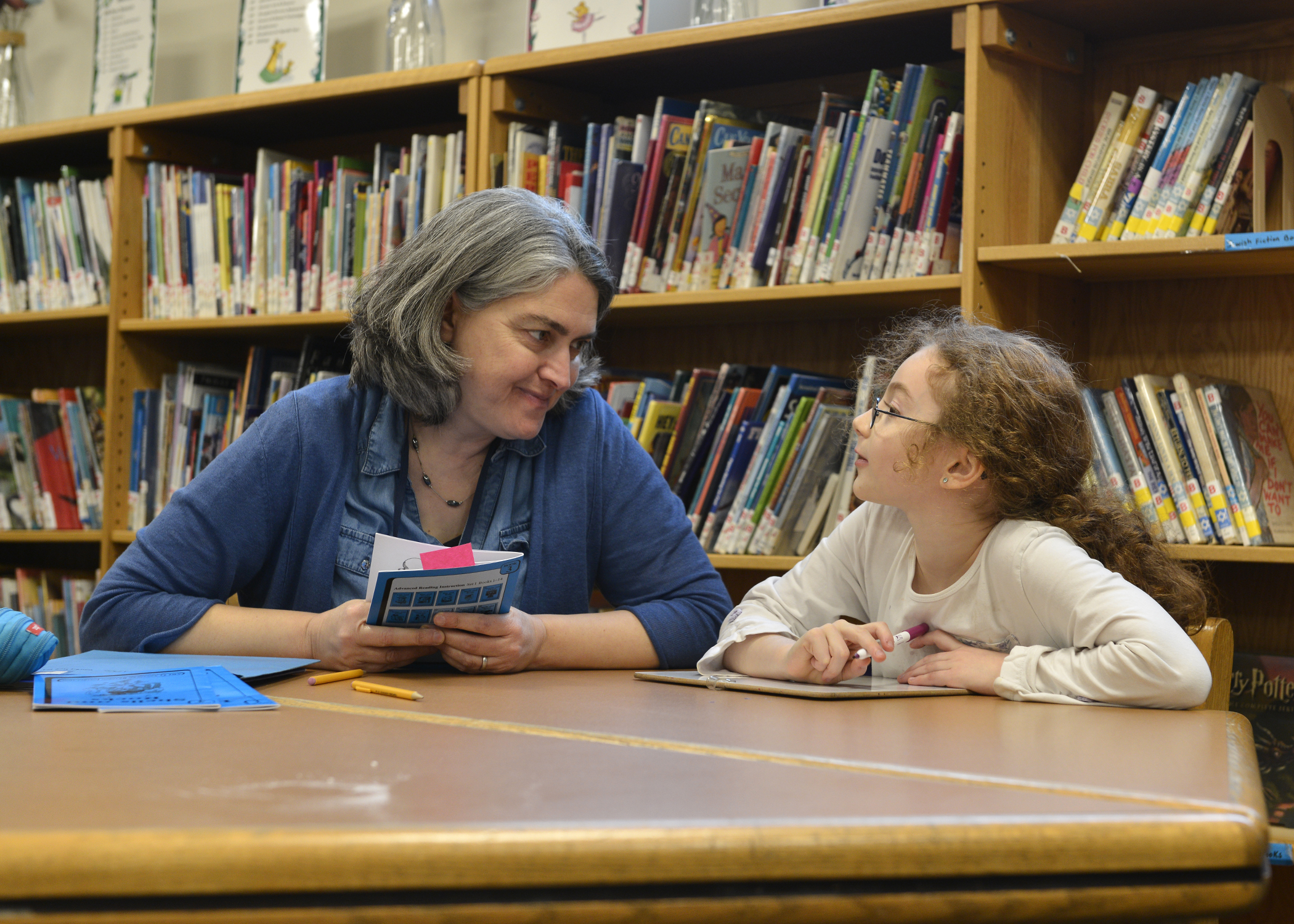In the American Jewish educational sector, a silent epidemic rages: the rise of teacher burnout. Numerous studies confirm that the teaching profession is witnessing increased rates of exhaustion, stress and disillusionment. In fact, a 2022 Gallup study found that K-12 workers experience the highest levels of burnout in any industry nationally (44%), with the rate for teachers even higher at 54%. This surge in teacher burnout has become a pressing issue not only impacting the wellbeing of individual teachers, but also undermining the quality of education for students.
Research indicates that one of the main reasons teachers experience burnout is that they feel “under-prepared” to meet the wide-ranging academic, behavioral and social-emotional needs of students in today’s classrooms, with research showing that “under-prepared teachers leave at two to three times the rate of well-prepared teachers.” Gateways’ work consulting with Jewish schools on a range of topics related to inclusion has yielded insights into the most common “weak links” in teacher preparedness as well as a successful blueprint for how schools can identify and reform these areas of challenge. By following this blueprint, which covers teacher training, school structural changes and philosophical shifts, schools can improve the ways they prepare educators to meet the needs of a neurodiverse array of students and mitigate a major source of burnout.
Looking at these alarming statistics, one wonders why teachers are more underprepared now than in decades past. Another coinciding trend provides answers: Due to a combination of evolutions in diagnostic criteria, educational policy and philosophical shifts and global and environmental factors, today’s classrooms are more neurodiverse than ever before, with a substantial percentage of students having some sort of support need. Simply put, yesterday’s “atypical” student is today’s “typical” student.
Overall, the proliferation of neurodiversity in “mainstream” classrooms is a good thing. More inclusive classrooms encourage acceptance and respect for differences during formative school years. Moreover, incorporating a variety of teaching modalities benefits all learners by providing multiple pathways for the brain to encode information.
The problem, therefore, is not with neurodiversity itself, but with the fact that traditional (non-special education) frameworks of teacher training have not caught up to this reality and tend to overlook methods for teaching students with learning disabilities and social-emotional and behavioral support needs. In a recent survey, 87% of general education teachers reported feeling inadequately prepared to support students with disabilities across the spectrum of potential supports, including modifying instruction, addressing behavioral issues and providing appropriate accommodations. Teachers face constant scrutiny from students, parents, administrators and other teachers. When, on top of that, they feel ill-equipped to meet these many needs of the modern classroom, the result is a pressure cooker where burnout seems inevitable.





